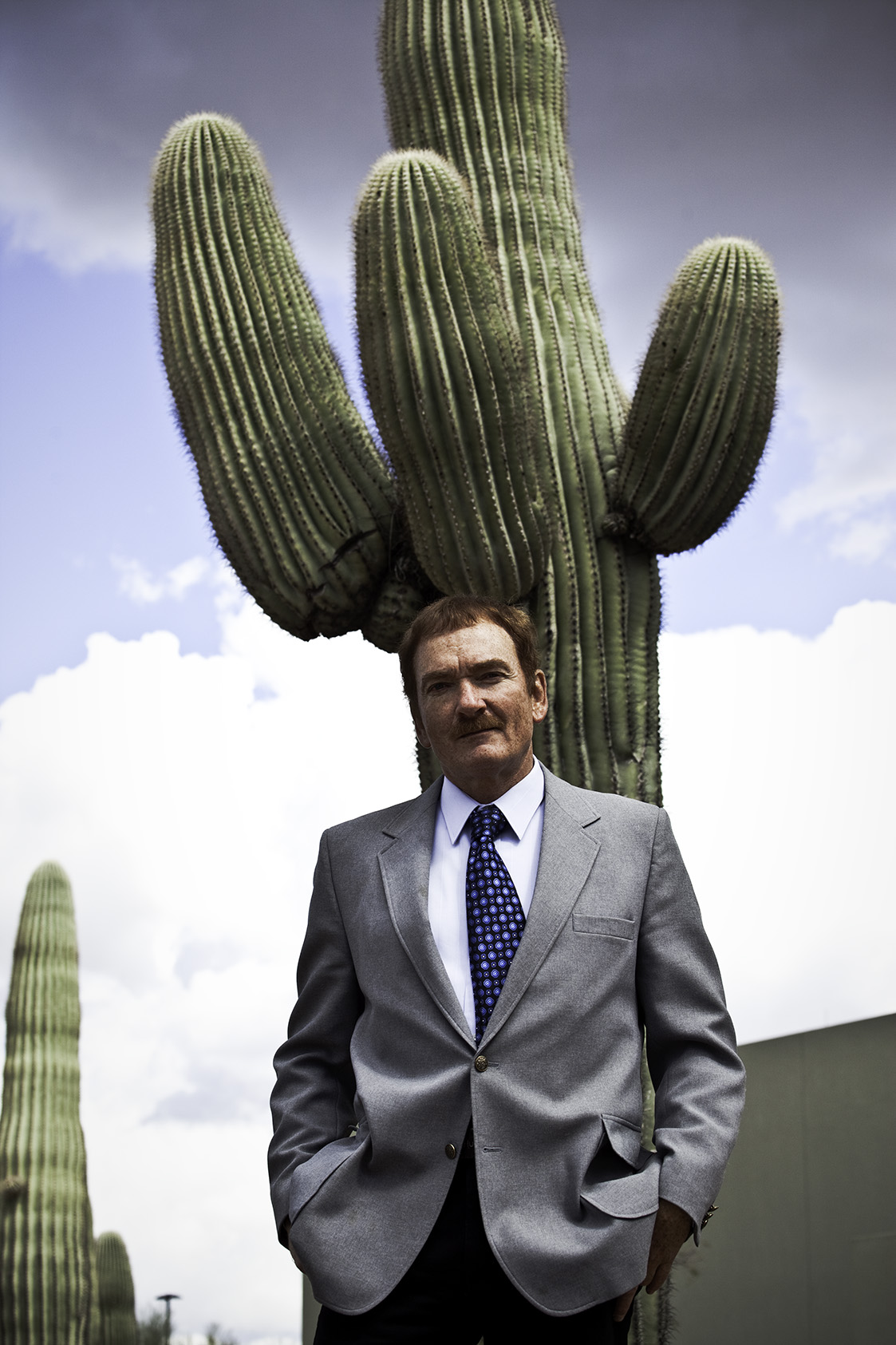Office — How did this project come into being?
Peter Beste — I’ve always been drawn to documenting subcultures with my photography, oftentimes things that have been significant to me since childhood. My interest in UFOs was rekindled after a long period when I began listening to a lot of late night talk radio a few years back, and it soon occurred to me that this would be a great book project for me to work on, to document the colorful characters involved in this subculture. I decided to track down UFO researchers, diehard conference- goers, and to photograph some supposed hotspots around the American West. The first event I shot was the International UFO Congress in Arizona, it’s the largest UFO related gathering in the US, and since then I’ve been to conferences and met with ufologists around the Southwest. I also spent time photographing at ECETI [Enlightened Contact with Extraterrestrial Intelligence] Ranch in Washington, and at this really dry academic conference in a Vegas hotel where it was only PhD’s speaking about the ET phenomenon and alien abduction. I recently moved to Oregon, but for the last three years I was living in the mountains of northern New Mexico, so that was a perfect spot to start.
O — So is your primary interest the individuals who are attracted to this subject matter—the paranormal, or extraterrestrial activity—or do you share their interest in the subject matter itself?
PB — To me the concept has great potential, because it deals with this wide universe we live in, and this sense of wonder and awe associated with that. That in and of itself is worthy of anthropological study, people who choose to focus on things like this rather than the everyday drag of the nine-to-five. I do share their interest, but like any thinking person, I’m skeptical of anything that I can’t prove or see. That being said, I have a very open mind and a sense of wonder. The fact that the human eye can see less than one percent of the full light spectrum that exists in this world motivated me to get some infrared gear and photograph in Sedona, and I got some strange results, some of it similar to Trevor Constable, this 1950s hobbyist photographer who shot the sky using infrared film decades ago. But we all know UFO simply means unidentified flying object, it doesn’t mean a little green man is behind the wheel. My personal opinion is the vast majority of what is seen—strange crafts, et cetera—are just advanced, experimental military crafts. So I try to stay grounded and not get carried away on the topic, I like to stand back and study the culture as a whole.
O — It sounds like you came into this project with an open mind and a healthy skepticism. Has your work changed your views in any way?
PB — We live in a wide, vast universe, and to think that we’re the only intelligence is small-minded, in my opinion. I haven’t walked onto a craft, or seen any indisputable evidence of extraterrestrial intelligence, but I have photographed some strange light phenomena that I can’t explain. One thing that’s changed during the process of this project is I get more easily annoyed at the people that actually act out a stereotype, who believe anything they hear, and have super flaky tendencies. Fortunately those types are a minority in the UFO community. For the most part I’ve met a lot of legitimate, respectable people, many of whom have had their own personal experiences and believe one-hundred percent.
O — Did some of the subjects you shot feel wary of being portrayed as those more ‘out there’ folks?
PB — People are typically very open to being photographed at the conferences. I basically let them do their thing and take a few photos, I’m definitely not interested in mocking my subjects. It was much easier than the process of photographing for my last two books in Norway and in Houston, both of which involved taking much more time to develop relationships and trust.
O — How do you feel this project will fit in with your other work, which has had a music focus in the past? Does this represent a departure for you?
PB — I think it fits right in with my other work, because it’s a subculture that has its own values, ideas, and even fashion to some extent. I like to take my time with these projects, hopefully making something that will stand the test of time. I like to spend long periods of time with my subjects and try to break through some stereotypes, letting them be who they are, and attempting to document that as transparently as possible.
